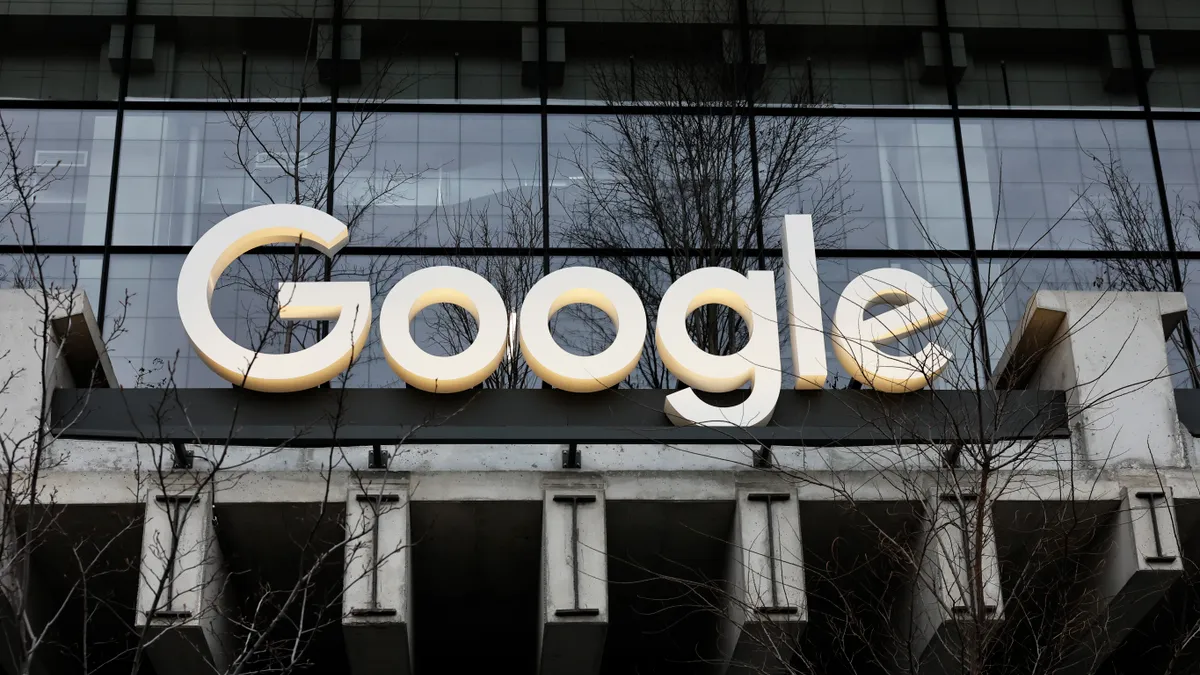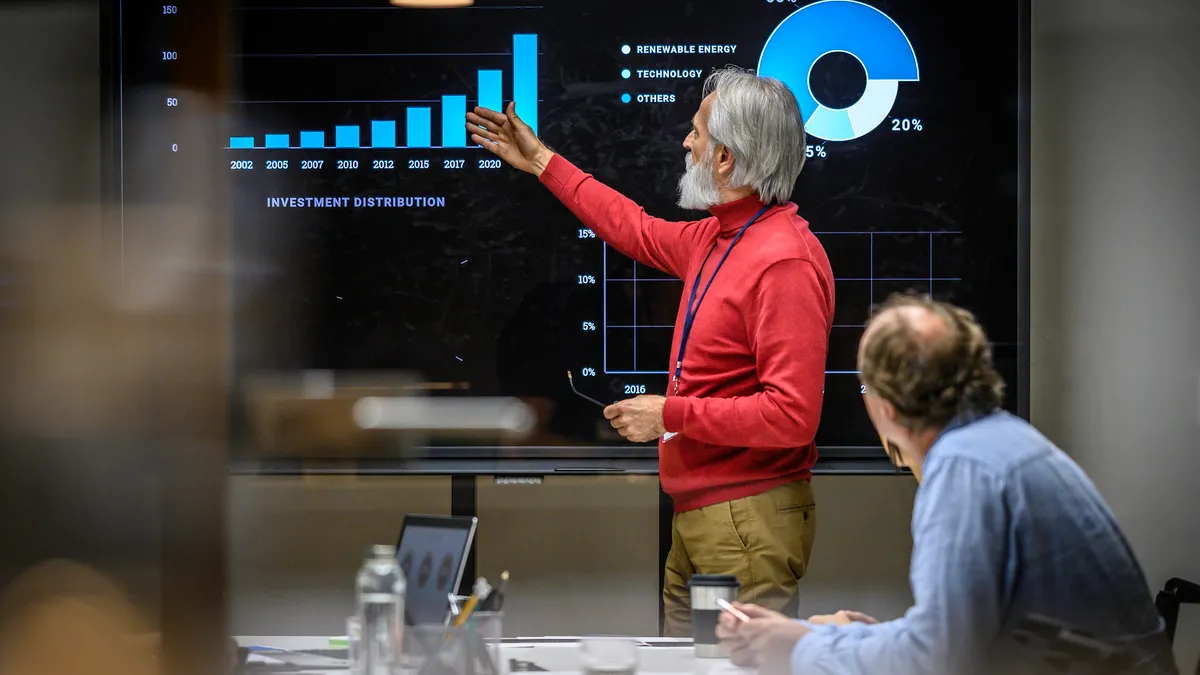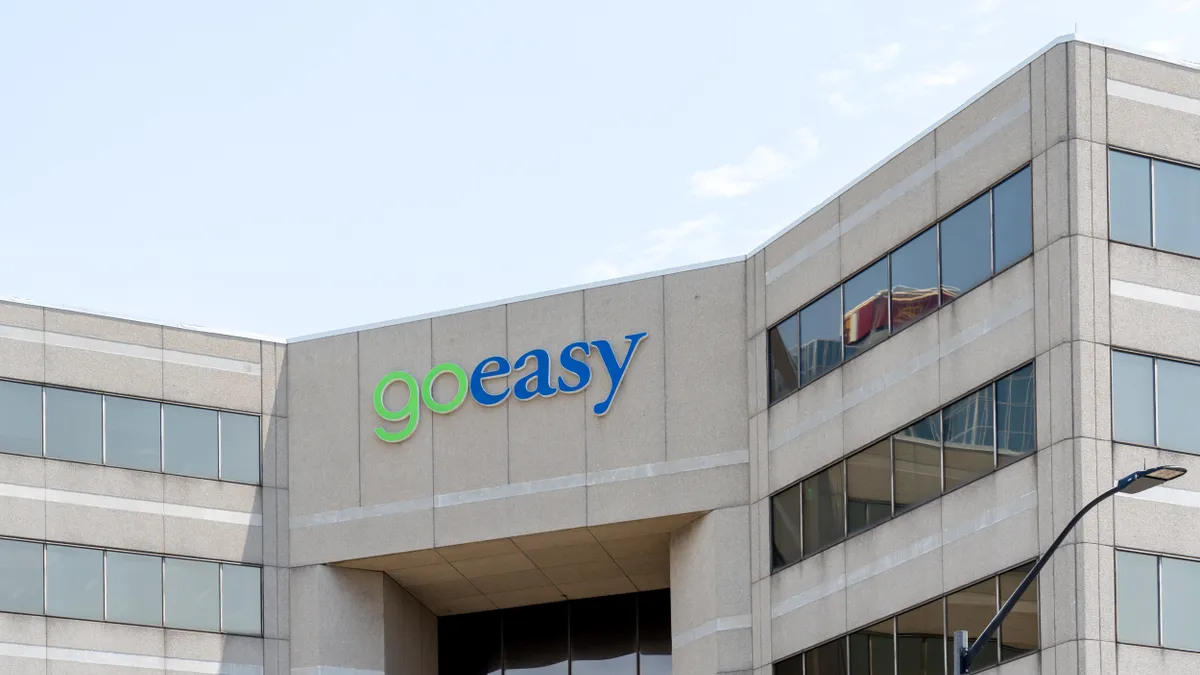Generative AI and the modern dog have a lot in common.
Humans began domesticating wolves by using them as hunting companions, an innovation that allowed mankind to hunt at scale, according to Whit Andrews, distinguished VP analyst at Gartner. From there, dogs were used as surveillance, invader protection and to help corral and shepherd other animals.
In other words, dogs — much like AI — have specialized use cases based on the task at hand. For a shepherd, having dogs enabled better flock protection and easier flock movement from point A to point B. Shepherds could manage bigger flocks, too.
“You have to ask yourself, though, does that mean that being a shepherd is something fundamentally different? Yes, it does,” Andrews said. “[If] I have multiple assistants in herding, my work as a shepherd is essentially strategic.”
A common fear associated with AI is that it will take jobs away from people. In reality, experts say generative AI will level up work for most jobs, from repetitive tasks to more strategic ones. Some job loss or disruption is likely, but AI could create new roles, too, a process that has already started.
Generative AI could substitute up to one-quarter of current work in the U.S. and Europe, Goldman Sachs economics research published last week shows. Around two-thirds of current jobs are exposed to some degree of AI and automation in the U.S. and Europe, according to the report.
Job disruption due to automation
Most industries could see a level of automation, from education to technology.
For finance-related jobs, such as accountants, financial advisors and traders, automation and generative AI could generate financial reports and substitute customer service. Duties like personalized financial planning and personalized legal and tax advice would be difficult to automate, according to Bill Wong, principal research director at Info-Tech Research Group.
Generative AI is expected to raise annual U.S. labor productivity growth by just under 1.5 percentage points over the 10 year period following widespread adoption, according to Goldman Sachs research. This boost could result in an increase of 7% — or almost $7 trillion — in annual global GDP over a 10 year period, the report said.
“The boost to labor productivity growth could be much smaller or larger depending on the difficulty level of tasks AI will be able to perform and how many jobs are ultimately automated,” the report said.
Some programmers have experience with AI-assisted coding tools or generators already. Within the first month of GitHub Copilot’s public release, the platform’s AI-powered programming tool added 400,000 subscribers. The autocompletion tool uses generative AI technology made with OpenAI’s Codex model. In February, GitHub Copilot was responsible for generating an average of 46% of code when using the tool, up from 27% of code in June.
Programmers and data analysts could automate code creation and generation as well as unit testing. However, the way technologists understand user requirements and architect complex solutions would be difficult to automate, according to Wong.
“Programmers do much more than just code,” Wong said. “[They] spend time on designing, brainstorming, collaborating and assessing business requirements to improve the quality of the code.”
But that doesn’t mean generative AI can’t help support programmers. Leading organizations are using generative AI to augment programmers, not replace them, Wong said.
“When ATMs came out, they thought tellers would disappear, but tellers are doing much more sophisticated things now,” Wong said. “You may need less tellers, but each one does more and that’s how we believe we will see programmers.”
Creation of new jobs
While generative AI is likely to disrupt jobs, there will also be new roles created. And this isn’t a new phenomenon.
Three in 5 workers today are employed in occupations that did not exist in 1940, “implying that over 85% of employment growth over the last 80 years is explained by the technology-driven creation of new positions,” research from a Goldman Sachs report shows.
One of those new roles created from the advancement of generative AI and large language models is a prompt engineer.
Prompt engineers develop and optimize prompts to efficiently use language models for a variety of applications and research topics, according to the Prompt Engineering Guide by DAIR.AI posted on GitHub.
Job postings for prompt engineers are popping up across sectors. Anthropic, a Google partner and selected participant in Salesforce’s generative AI fund, posted a job description for a prompt engineer and librarian. The candidate would build a library of high-quality prompts or prompt chains with an easy guide to help users search for the one they need.
Boston Children’s Hospital posted a job listing for an AI prompt engineer, which required candidates to have five years of engineering, developing or coding experience in Python or similar languages and at least two years of experience with AI and natural language processing. One of the goals is to design and develop AI prompts using LLMs for healthcare research studies and clinical practice.
“The combination of significant labor cost savings, new job creation and a productivity boost for non-displaced workers raises the possibility of a labor productivity boom like those that followed the emergence of earlier general-purpose technologies like the electric motor and personal computer,” the Goldman Sachs report said.
But job creation is unlikely to come at a one-for-one transition that every worker is comfortable with, Andrews said.
“It’s very important that we respect the profound impact of this displacement,” Andrews said. “I’m sure that any institution would not disagree with the fact that when we close a job, we don’t necessarily provide an easy path for the person to transition to the next job.”





















